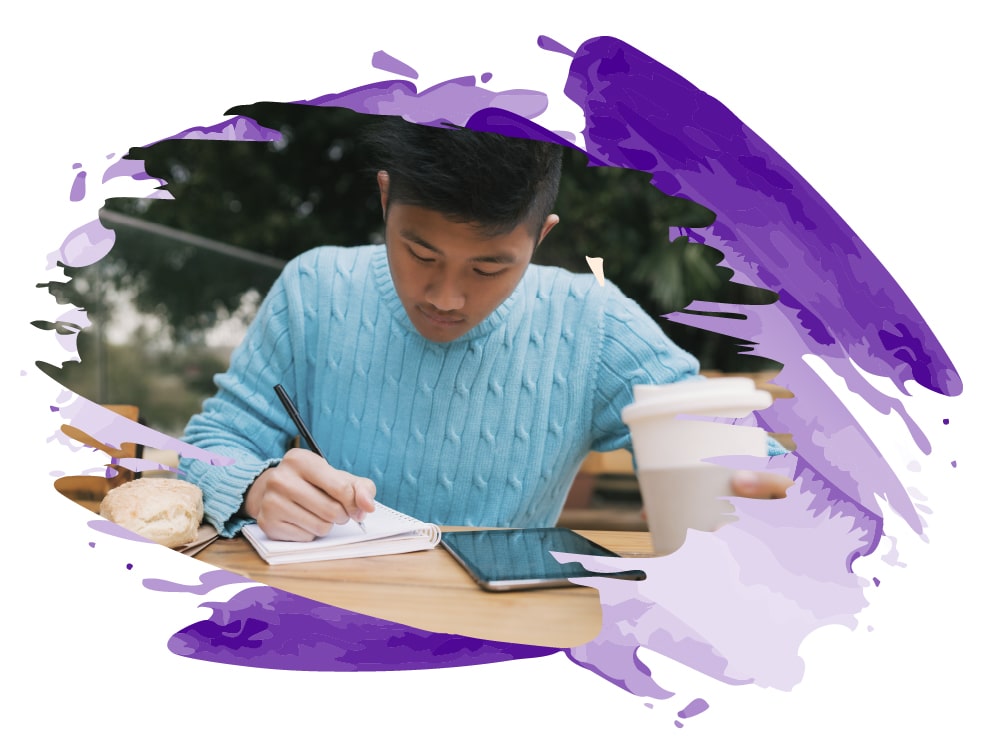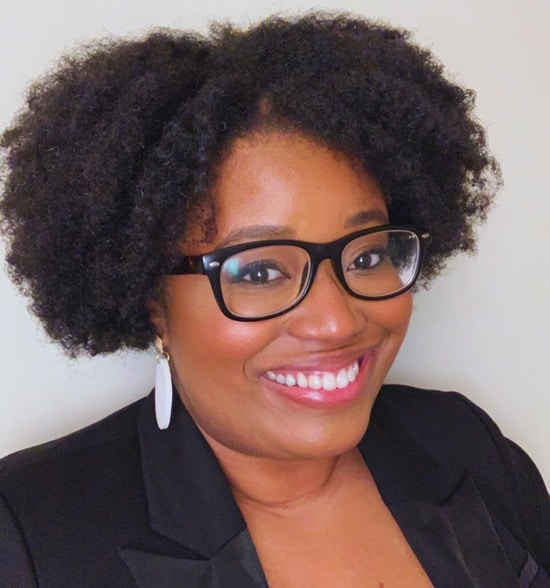Research shows that everyone can experience tough moments when trying to connect with others. At times, you may have disagreements, or experience intense emotions, or feel anxious when the risks of an interaction seem high.
These challenges can make it harder to connect with another person, even with a loving intention towards a conversation. The good news is that you can strengthen your ability to start, continue, and benefit from meaningful connections by completing this worksheet. Creating authentic connections with others is a key way to support mental health, well-being, and justice for ourselves — and for our communities.
3 Steps to Started
- Grab a notebook, tablet, or laptop.
- Pick a prompt. Select a prompt from Step 1, Step 2, and Step 3 and then write for a few minutes in response. Note: You don’t need to complete all of the steps in one sitting. Feel free to focus on a step that resonates with you today and come back to the others later.
- Reflect. Take a few moments to consider what you’ve written. See what you learn about yourself, others, and your community.
Step 1: Who am I?
- My thoughts: Write freely about what comes to mind as you reflect on the question “What am I?”
- My emotions: Identify and describe any emotions you notice as you think about this. For example: joy, pride, frustration, sadness.
- Physical sensations: Tune into your body. Are you feeling tension, relaxation, or other sensations? Where in your body do you notice these feelings?
- Action Step: What is one intentional practice or change you can adopt to honor this reflection about yourself?
Step 2: Who am I to you?
- My thoughts: Reflect on how others might see you. Note what stands out about how their view aligns or differs from your own.
- My emotions: What feelings come up as you reflect on this? Are you feeling validated, frustrated, or confused?
- Physical sensations: Notice what’s happening in your body as you reflect. Are you experiencing tightness, warmth, or other sensations?
- Action Step: What is one step you can take to address or acknowledge these perceptions in your relationships?
Step 3 Worksheet: Who are we to each other?
- My Thoughts: What stands out to me as I reflect on this question? What connections, patterns, or memories come to mind?
- My Emotions: What feelings do I notice as I think about my role in or connection to my community? Am I feeling proud, uncertain, hopeful, or something else? Why?
- My Physical Sensations: What do I notice in my body as I reflect? Do I feel energized, tense, calm, or something else? Where do I notice it?
- My Experiences: What specific moments or experiences have shaped how I see myself in this community? How have these experiences influenced my understanding of our shared values or misunderstandings?
- Action Step: What is one small thing I can do to connect better with others in my community?
Closing Reflection
As you wrap up, ask:
- What did I learn about myself today?
- What support or resources do I need moving forward?
- What tools, practices, or people could help me process or act on my reflections.
| An Extra Step to Deepen Your Reflections
To explore ways to explore your identity, relationships, and community further, read through these additional action prompts. Select one or two that catch your attention, and write for a few minutes in response. Then pause again to reflect on what you’ve written. Ask yourself:
Reflective Action Prompts for Step 1: Who am I to me?
Reflective Action Prompts for Step 2: Who am I to you?
Reflective Action Prompts for Step 3: Who are we to each other?
|

